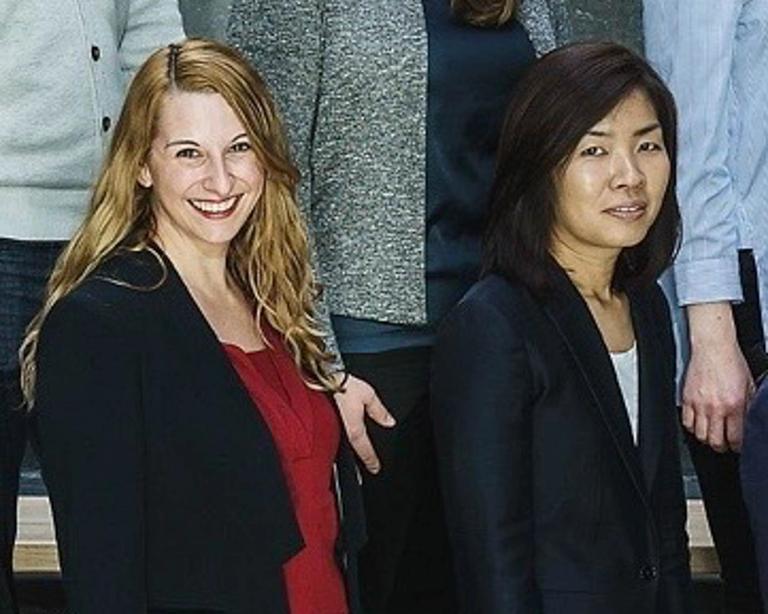In order to provide better patient care, the health sector is in need of new and effective solutions. Get an insight into how we develop new and improved solutions for the health sector.
Product developers often think that they know which products should be developed based on how they perceive the everyday life and problems of the user group.
– There’s an art to putting away all assumptions, and actually listening to the challenges, says Erica Gibson, Head of UX at Deepinsight.
UX, or user experience, is about the complete experience a user has with a product or service.
– In order to provide a positive overall experience of a product, we must first identify the core of the problem we are trying to solve. It’s important not to think of solutions too early in the process, explains Caren Quah, Senior Product Manager at Deepinsight.
We must identify the correct problem
In the healthcare sector, as in other B2B industries, new products and solutions are often developed for the buyer, and rarely for the actual user.
– Moving away from that way of thinking will provide greater benefits for all parties, says Gibson.
A well-used model for identifying the core problem of users is the Double Diamond model. Each diamond contains two steps that together form four phases - discover, define, develop and deliver.

The diamond shape shows how the design process opens up and explores broadly, then defines and tries to solve a problem.
– We usually have to repeat the research phase in the first diamond a couple of times before we can move on to the second diamond and start the development, Gibson explains.

– There’s been a startup boom in the last ten years, and today it’s clear that those who have succeeded are the companies that have taken the needs of the users seriously and thereby are able to solve the right problems, says Quah.
We joined a physician at work
In practice, an approach such as the Double Diamond model will start with exploratory research where Deepinsight follows users through their work tasks for an entire day. As a result it will become clear where the challenges lie, and we will see the frustration and the reasons for it up close.
Director of Customer Success & Marketing, Ivar Hukkelberg, recently got to try out this approach when he observed a physician throughout the work day.
– It was incredibly educational for understanding the work day of the people we want to develop products and services for. I got to see what they actually spend their time on. This is an important part of our work process of developing useful health tools, says Hukkelberg.
– The amount of time spent on documentation on PC and by phone was surprising. It was more than I thought, and a lot of the time is spent on duplicating information. The information flow between different health institutions was demanding and cumbersome, and they even use fax machines still, he continues.

The time spent on observational studies can ensure that no time is wasted developing products that users do not really need.
– Focusing on creating a good user experience and developing the right product definitely gives better results than investing in an idea that fails, Gibson adds.
The challenge of data-driven tools
Once the idea is outlined, a prototype of the product is developed and tested by users. Most likely, potential for improvement is discovered, and the team takes a step back to adjust.
– A potential challenge can be that the product developers become too attached to the idea and only make small changes to the original prototype, Gibson explains.
– Put bluntly, we would then use correct mathematical formulas to solve the wrong problem. It’s a pitfall we in Deepinsight must make sure to avoid, she adds.

Deepinsight develops data-driven tools based on machine learning and artificial intelligence. To succeed in developing useful tools for the health sector, it is important to remember that it is people who write the code.
– People are messy by nature. Even if we have good intentions, we are biased – even when we think we are only acting from a scientific perspective. The data-driven tools can thereby also end up with preconceived notions if we don’t keep that in mind, says Quah.
– The tools Deepinsight develops bring innovation to the healthcare sector and can ultimately save lives. That makes product development more stressful, but also much more rewarding. We do something that really makes a difference, Gibson concludes.



